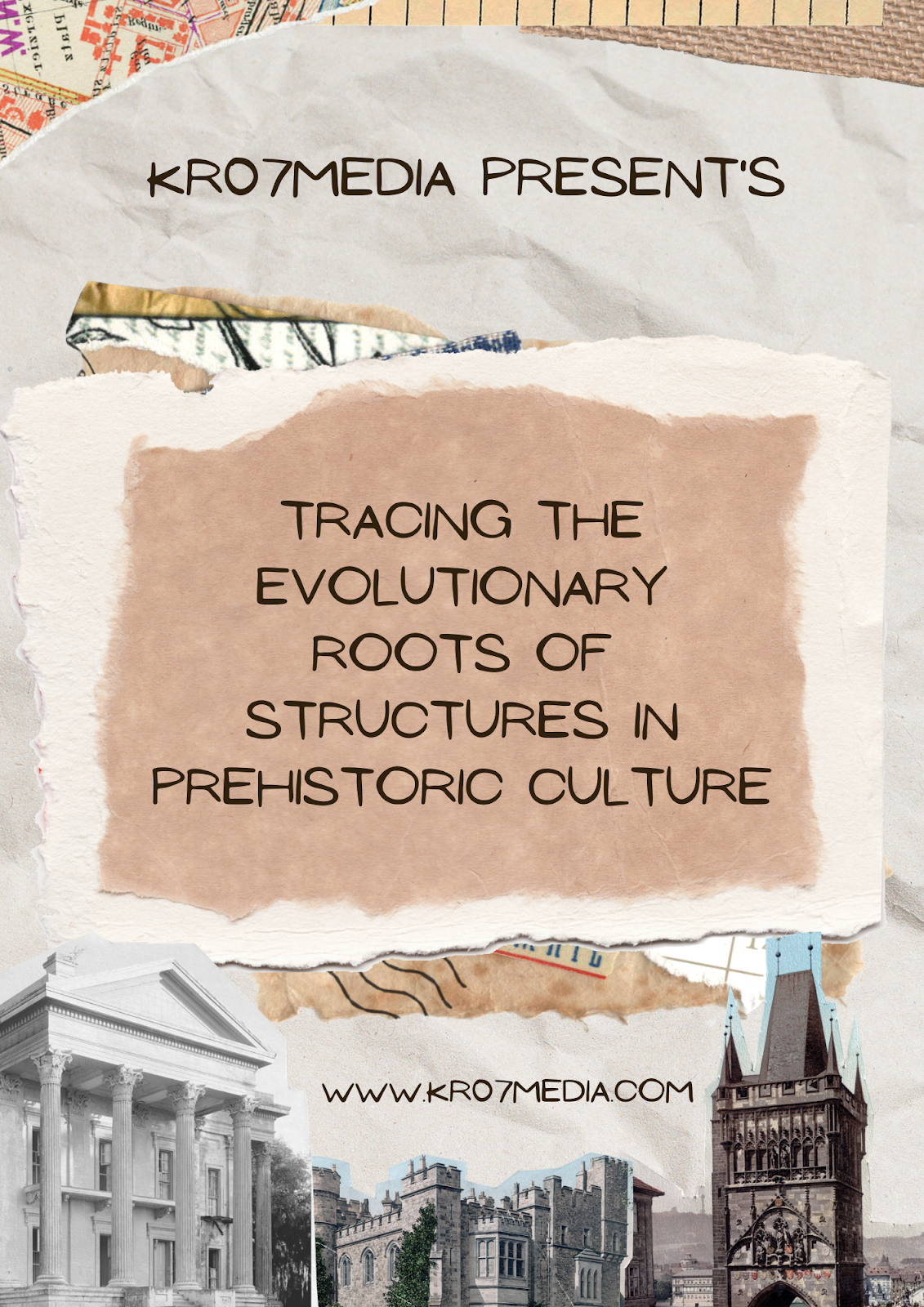Introduction:
The emergence of structures in human society is a testament to our innate ability to shape our environment and adapt to various circumstances. Throughout history, humans have displayed an intrinsic need for shelter, community gathering spaces, and monumental structures that reflect their cultural values and beliefs. To understand the origins of these structures, we must delve into the realm of prehistory and explore the evolutionary roots of architecture and construction.
Shelter and Early Human Settlements:
The earliest traces of human structures can be found in the form of simple shelters built by our prehistoric ancestors. These structures, made from materials readily available in their surroundings, provided protection against the elements and potential predators. Cave dwellings, rock shelters, and temporary huts constructed using branches, leaves, and animal skins were common during this era. The development of basic shelters marked the beginning of organized settlements, leading to the formation of early human communities.
The Rise of Megalithic Structures:
As human societies progressed, a shift from temporary shelters to more permanent structures began to occur. The Neolithic period witnessed the rise of megalithic structures, such as dolmens, menhirs, and cromlechs. These massive stone monuments were constructed for various purposes, including burial rituals, astronomical observations, and communal gathering spaces. The creation of these structures required significant coordination and cooperation within the community, hinting at the emergence of societal organization and a deeper connection to spirituality.
The Influence of Cultural Beliefs:
Cultural beliefs played a pivotal role in shaping the evolution of structures in prehistoric societies. As communities developed complex belief systems, architectural elements began to reflect these ideologies. Ancient Egyptian civilization, for example, built colossal pyramids as tombs for their pharaohs, symbolizing their belief in the afterlife and the divinity of their rulers. Similarly, the ziggurats of Mesopotamia served as religious centers and offered a physical representation of the connection between earthly and divine realms. The integration of cultural beliefs into architectural design fostered a sense of identity and purpose within these ancient societies.
Technological Advancements and Urban Planning:
Technological advancements played a crucial role in the evolution of structures during prehistoric times. The discovery of more advanced construction techniques, such as the use of fired bricks and sophisticated woodworking methods, enabled the creation of larger, more intricate buildings. In addition, urban planning emerged as settlements grew in size and complexity. Examples of early urban planning can be seen in the cities of Mohenjo-daro and Harappa in the Indus Valley Civilization, where well-planned streets, sewage systems, and public baths were implemented.
Artistic Expressions and Symbolism:
Artistic expressions and symbolism found their place within prehistoric structures, reflecting the creativity and cultural values of ancient societies. Cave paintings, petroglyphs, and carvings found in various regions around the world provide glimpses into the artistic abilities and cultural significance attached to these structures. They served as storytelling mediums, documenting historical events, and often portrayed the relationship between humans, animals, and the environment.
Conclusion:
The evolution of structures in prehistoric culture demonstrates the profound impact of human ingenuity, societal organization, and cultural beliefs. From humble shelters to monumental megaliths, these structures signify the development of human civilization, technological advancements, and the quest for meaning and identity. Exploring the roots of architectural evolution in prehistory offers a glimpse into our ancestors' lives and their remarkable ability to shape the world around them, leaving behind a lasting legacy that continues to influence architectural design to this day.



